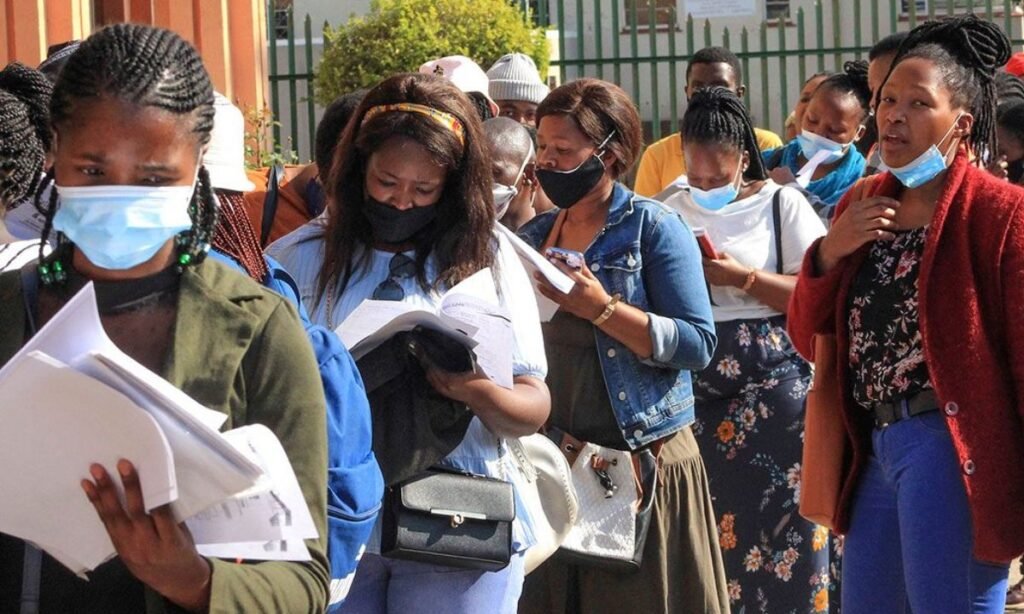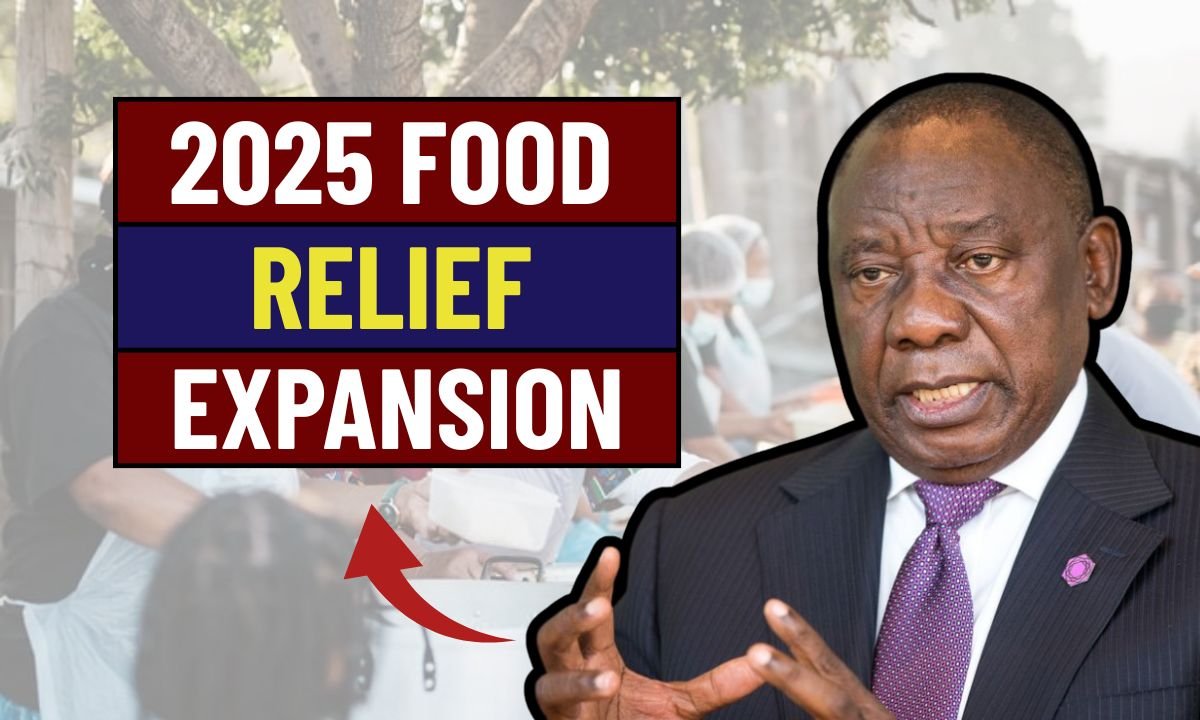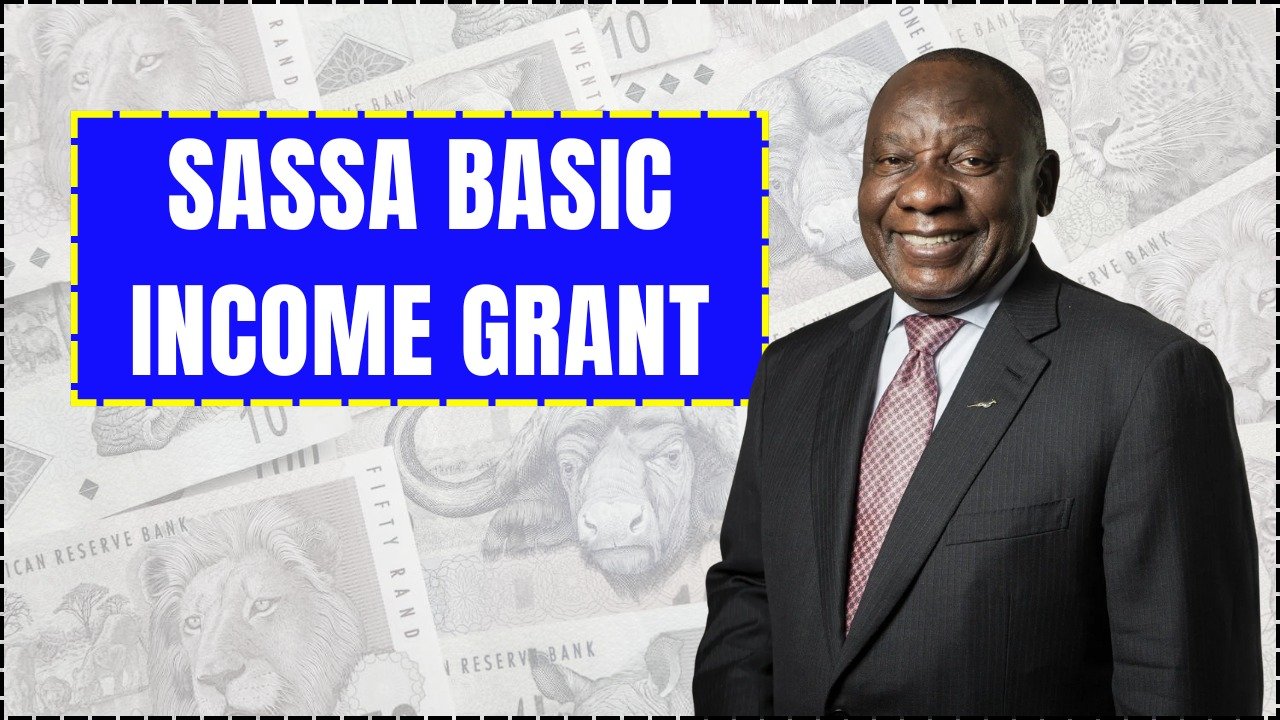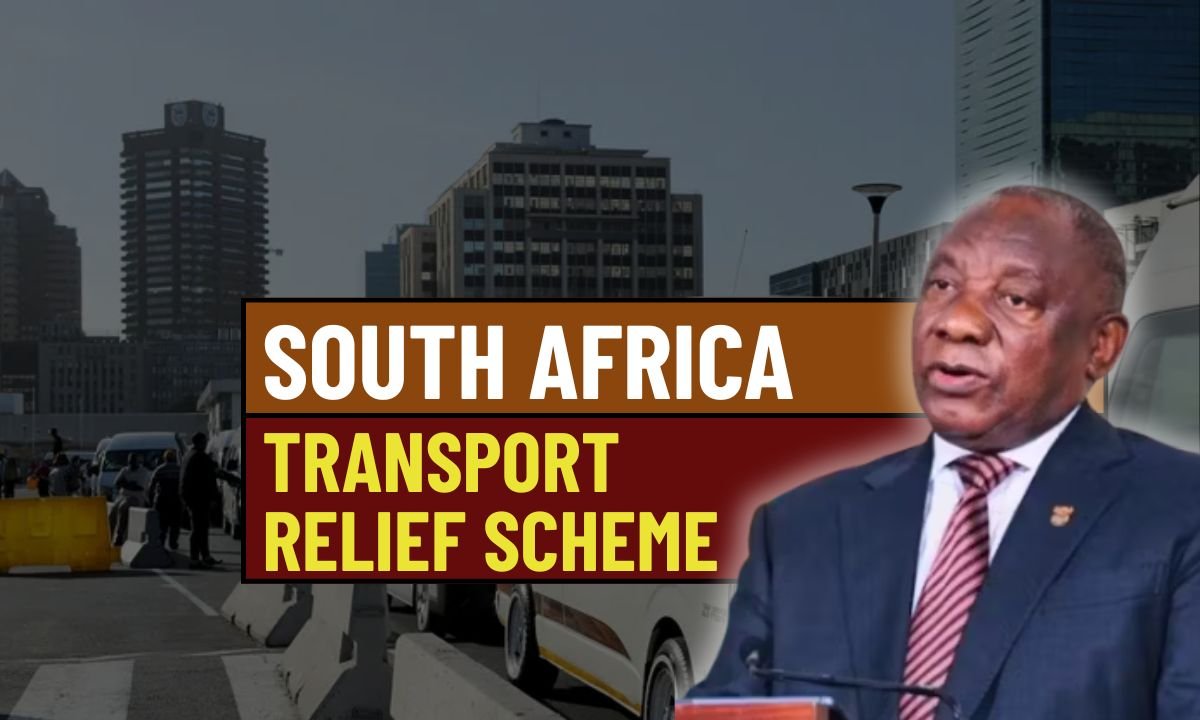In a major effort to curb South Africa’s stubbornly high youth unemployment rate, the government has launched a revamped Youth Employment Incentive Scheme set to kick off from August 1, 2025. Under the new plan, businesses that hire young South Africans aged 18 to 35 will receive up to R12,000 per new hire, paid out in phases over a 12-month period. The initiative is being touted as a bold move to not only lower joblessness among young people but also to encourage companies to invest in entry-level talent without absorbing the full financial risk.
Table of Contents
Who Qualifies for the Incentive and Who Really Benefits?
The scheme is open to registered businesses and non-profit organisations across all sectors, from retail and manufacturing to tech and agriculture. To qualify, the business must hire a young South African who has been unemployed for at least three months, or is entering the workforce for the first time. Importantly, the position must be formal, paid, and last a minimum of 12 months to access the full incentive value. From the other side, this initiative gives thousands of unemployed youth a stronger chance at being hired, particularly in entry-level roles that often come with low commitment from employers. For many, this could be the stepping stone toward long-term employment and financial independence.
How Will the R12,000 Be Distributed?

The payment structure is designed to reward sustained employment. Employers will receive the incentive in three instalments: R4,000 after three months, R4,000 after six months, and the remaining R4,000 after a full year of continued employment. The funds are paid directly by the South African Revenue Service (SARS) as part of the employer’s tax returns. To make it easier, the application process has been digitised businesses can apply and track claims through the new Youth Work Portal, which syncs with existing UIF and SARS data systems.
Why Is This Happening Now?
Youth unemployment in South Africa has been hovering near 60%, one of the highest in the world. Economic growth has slowed, and businesses have been reluctant to take on unskilled labour without financial support. The government, facing increasing pressure to create jobs, sees this scheme as a way to bridge the gap between education and employment. By reducing the cost of hiring a young person, they hope to unlock opportunities in sectors that might otherwise opt for automation or outsourcing. The R12,000 figure wasn’t randomly selected it mirrors data from previous employment studies showing that small-to-medium enterprises are most responsive when upfront hiring costs are lowered by 20% or more.
What Should Employers and Young Job Seekers Do Now?
Employers interested in the program can start pre-registering from July 15, 2025, through the Department of Labour’s official site. Meanwhile, job seekers can create digital profiles on the Youth Employment Portal, where they’ll be matched with registered employers based on location, skills, and industry preference. There will also be a training grant add-on available for businesses that provide upskilling or mentorship during the employment period, further enhancing the long-term impact of the job placement.




